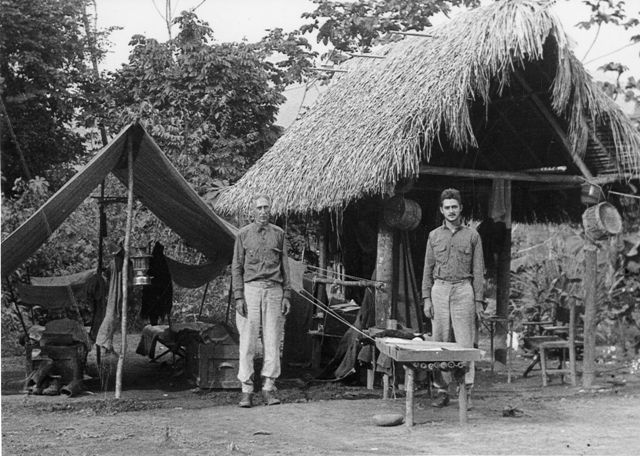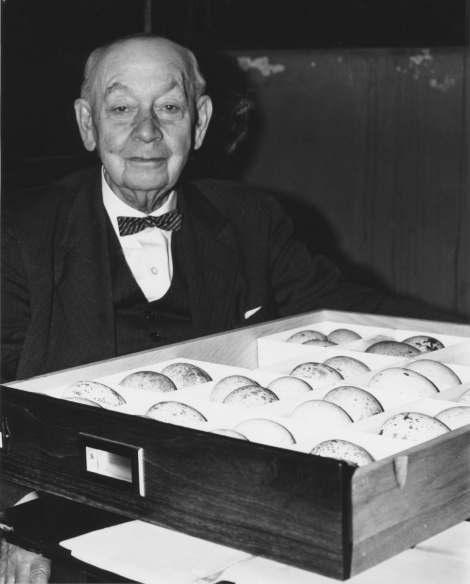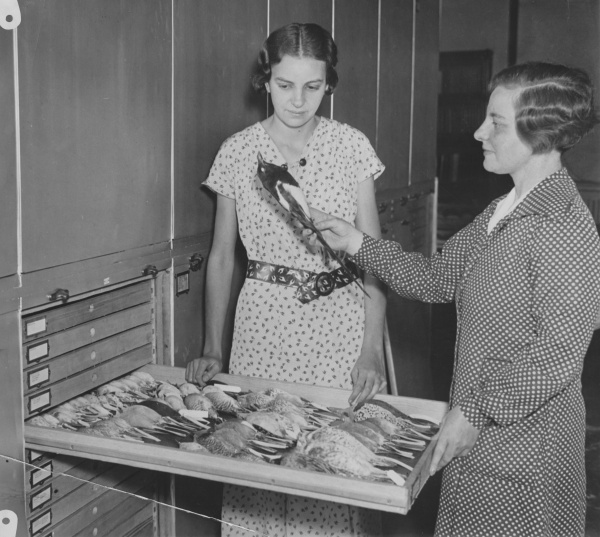
When the Carnegie Museum of Natural History opened in 1895 it was a new institution with a very sparse collection. Today it houses nearly 200,000 bird specimens, most of which were acquired during a brief window of time. I think of it as the Golden Age of Collecting.
Bird collecting reached its peak from the 1880s to the 1930s for many U.S. museums. Scientific research was at the heart of the process and taxidermy was its tool. The driving reason behind collecting was to document and identify every bird species and determine its place in the taxonomic order. No one knew how many species there were nor where they lived.
Museums could afford to do this because they had money to hire scientists and pay for expeditions and specimens. W. E. Clyde Todd, whose career at the Carnegie spanned 1898 to 1945, oversaw bird acquisition during its heyday.

Bird collectors were both scientists and hardy wilderness explorers whose expeditions sometimes spanned several years. They walked into the wild with all their gear, set up camps, ate what they could find and worked with the local people. Their collecting was done by shotgun. They skinned the birds, preserved the skins, and stuffed them with cotton while recording the date, location, species and name of the collector.
M. A. “Meb” Carriker, Jr. (1879-1965), pictured above in the field with his son, studied bird lice and collected birds in Central and South America. He sent more than 25,000 specimens to the Carnegie. For each bird, his finished product was a study skin. Below, Assistant Curator Ruth Trimble holds the study skin of a magpie (probably not one of Carriker’s birds).

At the Carnegie Museum of Natural History bird acquisition reached its high point in 1917 with 9,375 specimens. Collecting dropped off worldwide during World War II and never reached those heights again. This occurred in part because the taxon-oriented purpose declined and our culture changed. By the end of the 20th century nearly all the bird species had been found and, since scientists don’t collect (kill) rare birds, the new finds weren’t collected. At the same time, technology provided new tools, taxidermy fell out of favor, and money for collecting dried up.
Today 1/3 of the Carnegie’s bird collection is more than 100 years old, 3/4 is older than 70. The Golden Age of Collecting ended before most of us were born.
So you might wonder, “Is a museum bird collection relevant today?” Stay tuned for next week’s topic: What Good Is A Collection?
(photo credits:
* Meb and Mel Carriker collecting birds in the Beni River region of Bolivia, South America, 1934-1935, photo linked from Smithsonian archives blog A Tale of Coffee and Collecting
* W. E. Clyde Todd, Curator of Ornithology from 1914-1945, photo courtesy Carnegie Museum of Natural History
* Ruth Trimble, Assistant Curator of Birds 1934-1940, displays a magpie study skin, photo courtesy Carnegie Museum of Natural History)